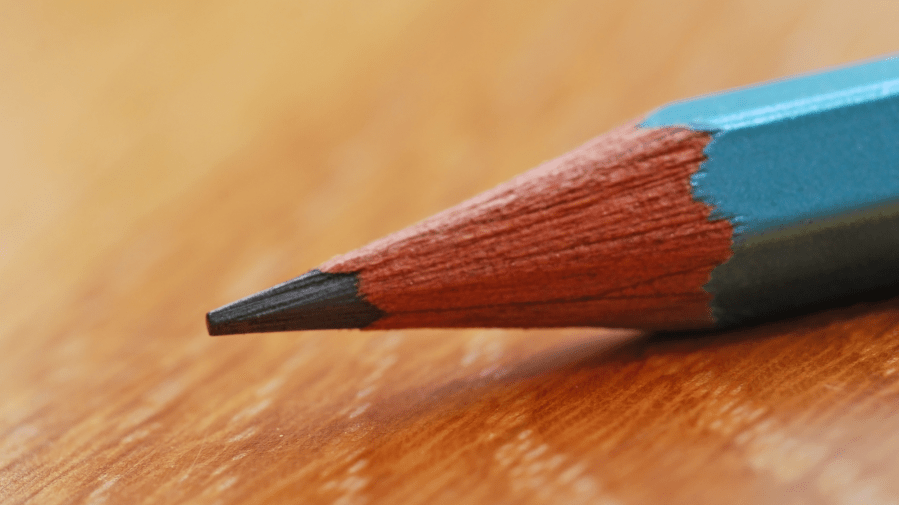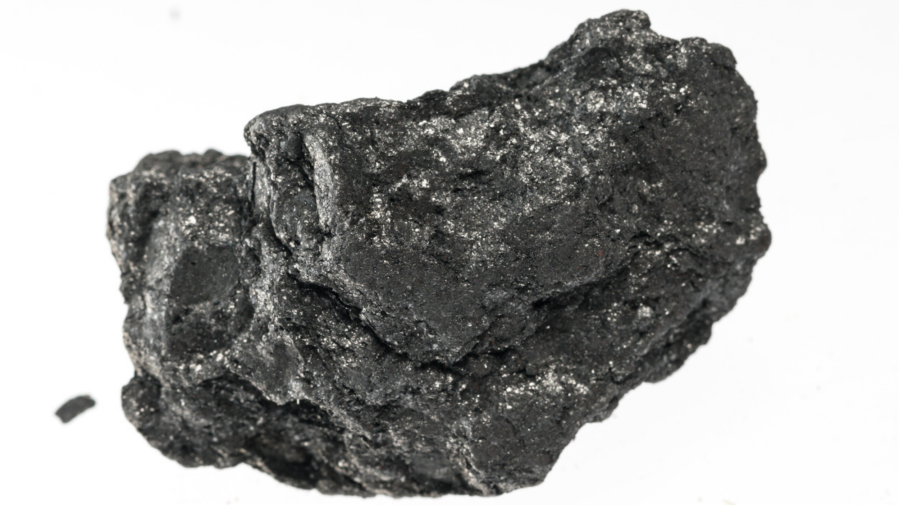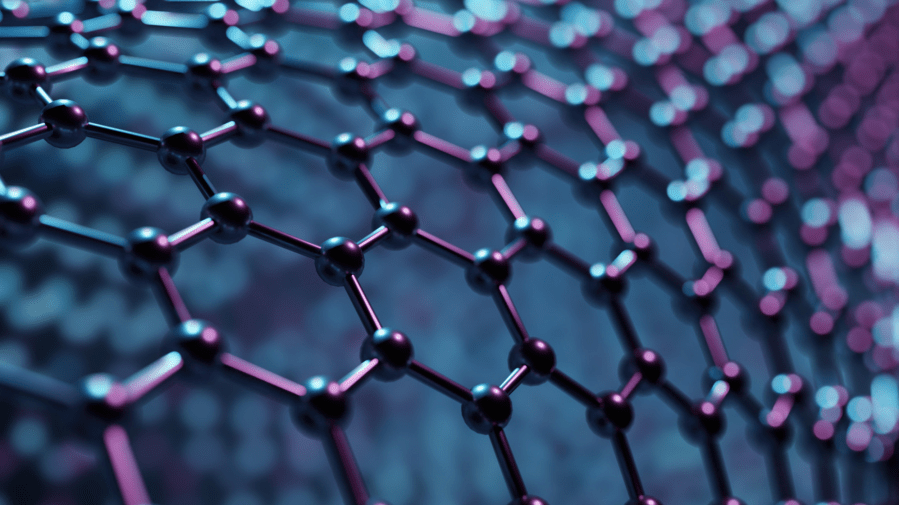How Much Does It Cost To Make A Pencil

If you lot are old enough, you may retrieve those distinctive yellow Ticonderoga wooden pencils, used past students in grammar schools across America. At the center of those pencils was graphite, which enabled them to write words and sentences.
Today, graphite is used in many industrial and commercial applications. Its extreme backdrop give it a wide range of uses in metallurgy and manufacturing. Some of the applications include the manufacturing of powerful batteries needed in electric vehicles.
Graphite is a crystalline class of carbon. It occurs naturally in some metamorphic and igneous rocks. Information technology is a very soft mineral that has extremely loftier resistance to heat and is chemically inert when in contact with well-nigh other materials.
Graphite can exist made synthetically. Materials such every bit petroleum coke or coal tar-pitch can be heated to produce constructed graphite.
Why Is Graphite Of import in Today'due south Economy?

Graphite has a myriad of uses, In today'south economy, however, it is critical in the production of lithium-ion batteries, solar panels, steel, and lubricants. In fact, each battery in an electric vehicle requires between fifty and 100 kg of natural or synthetic graphite.
Clearly, there is a great need for graphite in modern commercial activities. The demand for graphite is expected to rise greatly. In 2019, the value of the global graphite market was $14.three billion; by 2027, it is expected to grow to $21.6 billion. Much of this potent demand for graphite will be fuelled by the growth in the loftier-tech batteries and free energy storage sectors.
Who Produces Graphite?
By far and away, the major producer of graphite is China, which mined approximately 650,000 metric tonnes in 2020. The next largest producers of graphite are Mozambique (120,000 metric tonnes), Brazil ( 95,000 metric tonnes), and India (34,000 metric tonnes). Although not 1 of the top iv producers, Sri Lanka may hold pride of place considering information technology is the only country in the globe that produces vein/lump graphite, the all-time type for commercial applications.
As of 2019, graphite was not produced domestically in the United States, despite its utility in modern technology. Nonetheless, nigh 95 companies used some 52,000 tons of graphite, representing approximately $44 million of value. Known deposits of graphite, however, occur in New York, Pennsylvania, Texas, and Alabama.
Graphite Versus Graphene

Graphite tin can exist "supercharged" for many high-tech applications when information technology is converted to graphene, which is a unmarried-layer canvas of carbon atoms arranged in a repeating pattern of hexagons. This layer is only 0.33 nanometers thick.
Graphene has a unique set of hugely important backdrop: Despite its thinness, it has incredible strength; information technology conducts oestrus better than any other material; it is a superb conductor of electricity; it is optically transparent, and it is impermeable to gases.
The multi-fold properties of graphene are being studied at research and development think tanks and are already being used in a wide diverseness of needed applications. Indeed, Annick Loiseau, from the National Role for Aerospace Studies and Inquiry (ONERA), has coined the phrase "The futurity lies in pencil graphite!"
Several issues revolve effectually the large-calibration commercial product of graphene from graphite. These include ensuring that the unmarried layers are perfectly defect-gratuitous, and the utilise of toxic substances during its synthesis.
Is In that location an Investment Opportunity in Graphite?
With its expected surging demand going forrad and concerns nigh the supply from Prc, the investment thesis for graphite remains stiff. Despite the compelling story, it is non as unproblematic to invest in compared to other commodities: unlike gold and silver, information technology is not traded on an exchange.
Lager companies that are involved in the graphite sector are institute in People's republic of china, Bharat, Brazil, Canada, and Sri Lanka. Due diligence may uncover some opportunities for the intrepid investor.
Some investors are choosing to search out smaller graphite exploration and mining firms. Many of these will be so-chosen 'junior miners", whose stock prices may fluctuate greatly during the investors property menses. Investors may be able to enquiry some of these using sources such as Investor Intel.
Staying abreast of the happenings in the graphene R&D space may testify fruitful. Some investment opportunities may become apparent going forward.
Another theme to proceed an centre out for would be the development of recycling opportunities. Large-calibration commercial recycling of old batteries and other graphite-containing materials may be on the horizon.
Although there are currently no specific graphite exchange-traded funds (ETFs), investors may discover some exposure to the graphite market in metals and mining, solar, and lithium ETFs.
Source: https://www.askmoney.com/investing/investing-in-graphite?utm_content=params%3Ao%3D1465803%26ad%3DdirN%26qo%3DserpIndex&ueid=159c4082-b85d-4ab0-b057-cdf0d4037a08

0 Response to "How Much Does It Cost To Make A Pencil"
Post a Comment